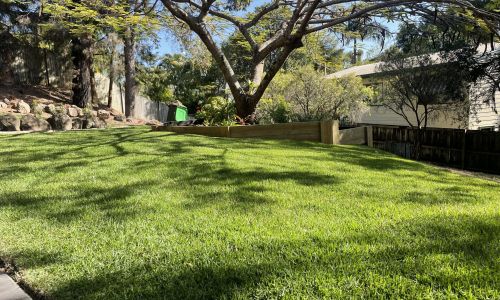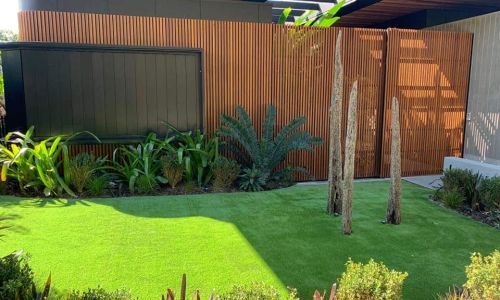Synthetic grass vs Natural grass
When choosing between natural grass and synthetic grass, consider factors such as maintenance requirements, cost, environmental impact, durability, and intended use. Natural grass requires more maintenance but is considered more aesthetically pleasing and environmentally friendly. Synthetic grass may have a higher upfront cost but lower maintenance costs in the long run and is more durable.
Additionally, consider the specific needs and preferences of the users to make the best decision for your situation.
Here are some factors to consider when choosing between Natural turf and Synthetic Turf:
Cost
The cost of synthetic grass is generally higher upfront due to the material and installation costs, but it requires minimal maintenance and watering compared to natural turf. In the long run, synthetic turf can be more cost-effective as it reduces water usage, mowing, and fertilizing expenses.
However, natural turf may have lower initial costs but requires ongoing maintenance and water usage, making it potentially more expensive over time.
Ultimately, the choice between the two depends on specific needs and budget considerations.
Maintenance
Maintenance for synthetic turf is generally lower than that for natural turf, as it does not require watering, mowing, or fertilizing. However, periodic brushing, cleaning, and potentially adding infill to keep the turf in good condition may still be necessary. On the other hand, natural turf requires regular watering, mowing, fertilizing, and pest control measures to keep it healthy and looking good.
Ultimately, the choice between synthetic and natural turf depends on factors such as cost, environmental impact, desired aesthetics, and intended use of the turf.

Looks
Both synthetic turf and natural turf have their own advantages and drawbacks in terms of aesthetics. Synthetic turf tends to provide a consistently green and pristine appearance throughout the year, while natural turf may require more maintenance to achieve the same level of visual appeal. However, some may argue that natural turf cannot be duplicated, with its variations in color and texture that can add a sense of charm and character to the landscape.
Ultimately, the choice between the two will depend on individual preferences, budget considerations, and intended usage.

Durability
In terms of durability, synthetic turf generally has an advantage over natural turf as it is designed to withstand heavy usage and harsh weather conditions.
Natural turf requires more maintenance and can become damaged more easily, especially in high-traffic areas. Synthetic turf also tends to hold up better over time and requires less maintenance overall, making it a more durable option for sports fields and high-traffic areas.
Environmental Impact
The environmental impact of synthetic turf versus natural turf is a topic of debate. While synthetic turf requires less water, pesticides, and maintenance, it is made from non-biodegradable materials and can release harmful chemicals during manufacturing and disposal.
On the other hand, natural turf can provide various ecosystem services, such as carbon sequestration and habitat for wildlife, but requires more water and maintenance.
When deciding between natural turf and synthetic turf, it ultimately boils down to your available time for maintenance and the costs involved. Natural turf may require more frequent upkeep in terms of watering, mowing, and fertilisation, while synthetic turf requires less ongoing maintenance but comes with higher upfront costs. Consider your priorities and resources to make the best choice for your specific situation.
Contact our team to find out more information on whether synthetic turf or natural turf will be best for your property.
Email here or call 1300 228 873




